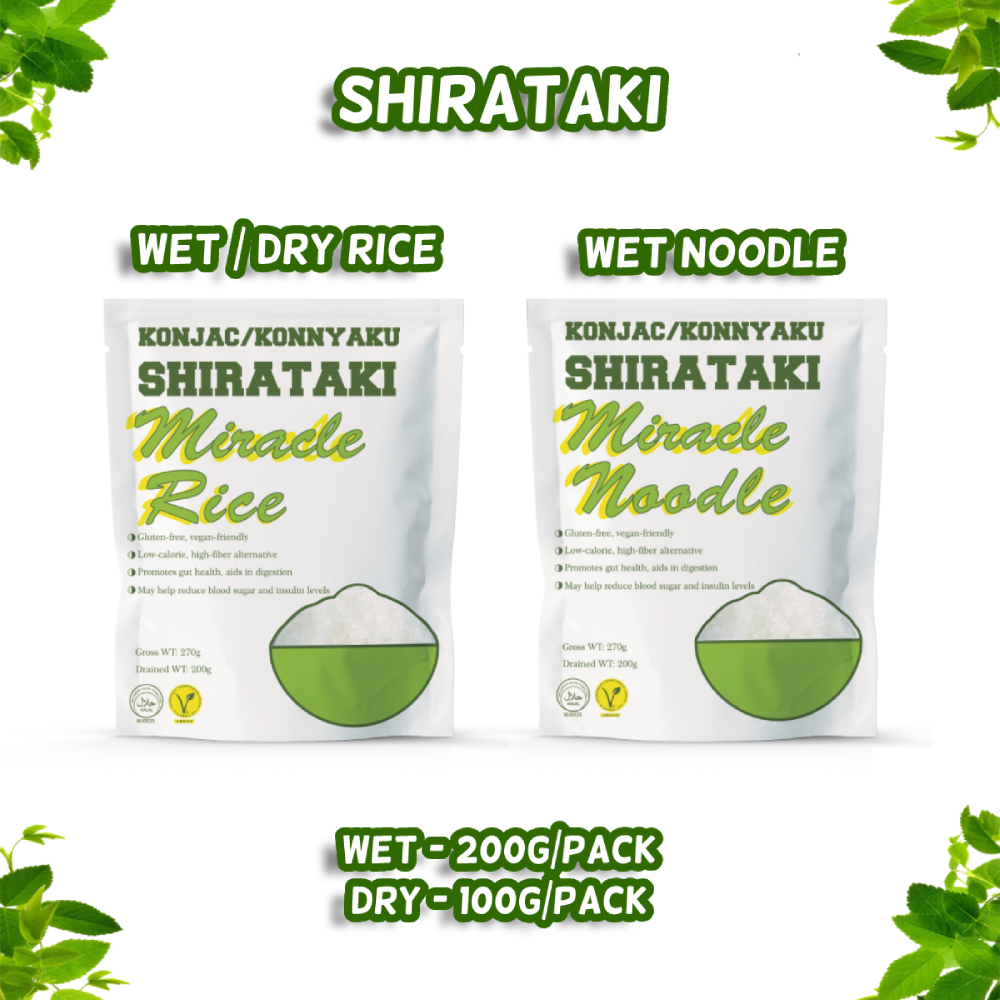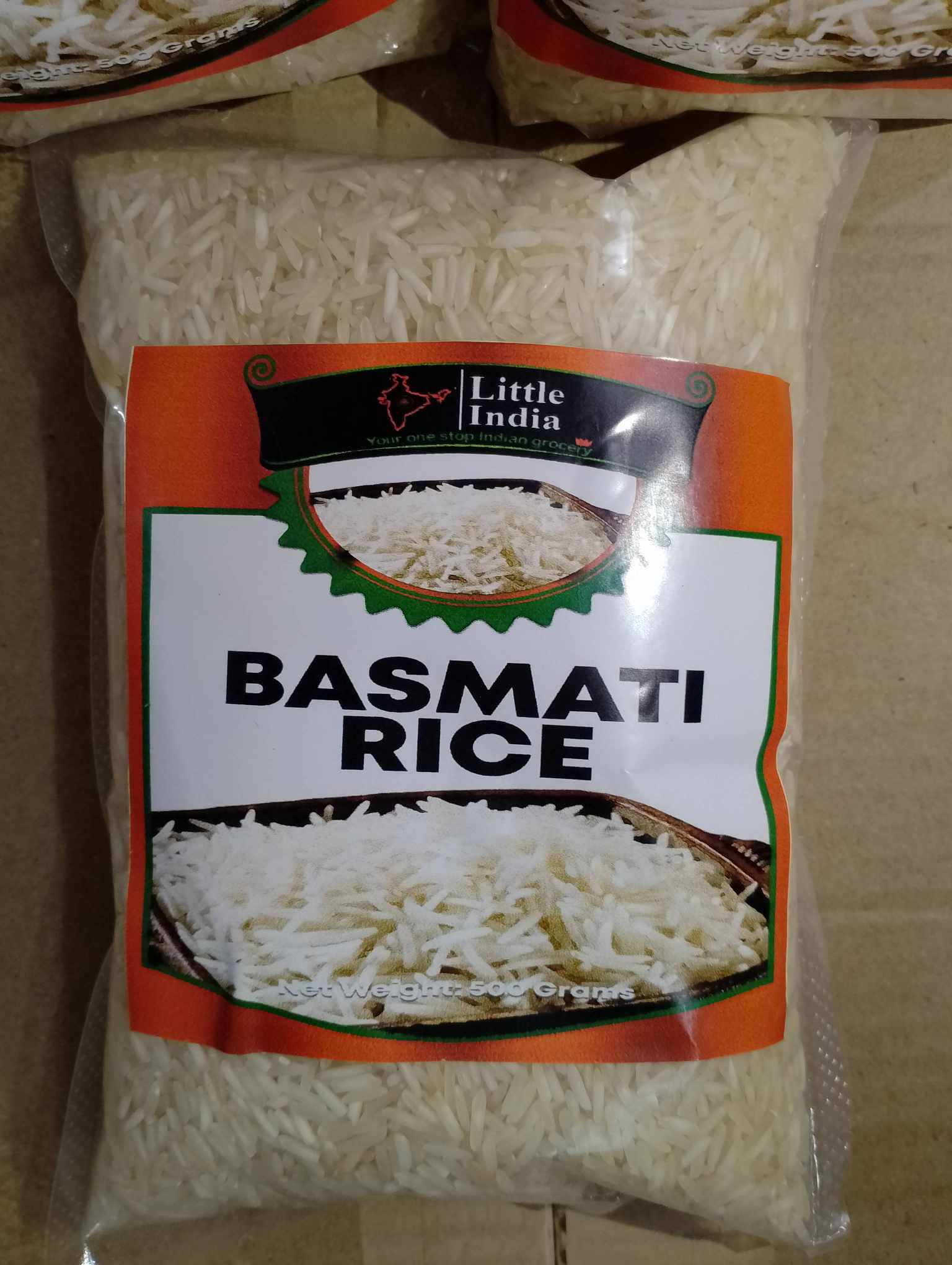The heart of Filipino culture lies not just in its vibrant traditions and warm hospitality but also in its rich and flavorful cuisine. Filipino kitchens are known for producing mouthwatering dishes that reflect a diverse culinary heritage. To create these delectable meals, there are certain ingredients that every Filipino kitchen must have. Here, we explore the top 6 essentials that form the foundation of Filipino cooking.
Rice: The Staple of Filipino Cuisine
No Filipino kitchen is complete without rice. Often referred to as the “heart” of Filipino meals, rice is the staple food that accompanies almost every dish. Filipinos have mastered the art of cooking rice to perfection, creating various versions like steamed, fried, and garlic rice. The dining table is not set until the comforting aroma of freshly cooked rice fills the air.
Fish Sauce (Patis) and Soy Sauce
Fish sauce, or patis, and soy sauce are indispensable in Filipino kitchens, providing the umami flavor that characterizes many Filipino dishes. Patis is made from fermented fish extract, adding depth and saltiness to numerous sauces and marinades. Soy sauce, on the other hand, enhances the savory profile of Filipino adobo, a beloved and iconic dish. Together, these sauces create a symphony of flavors in Filipino cuisine.
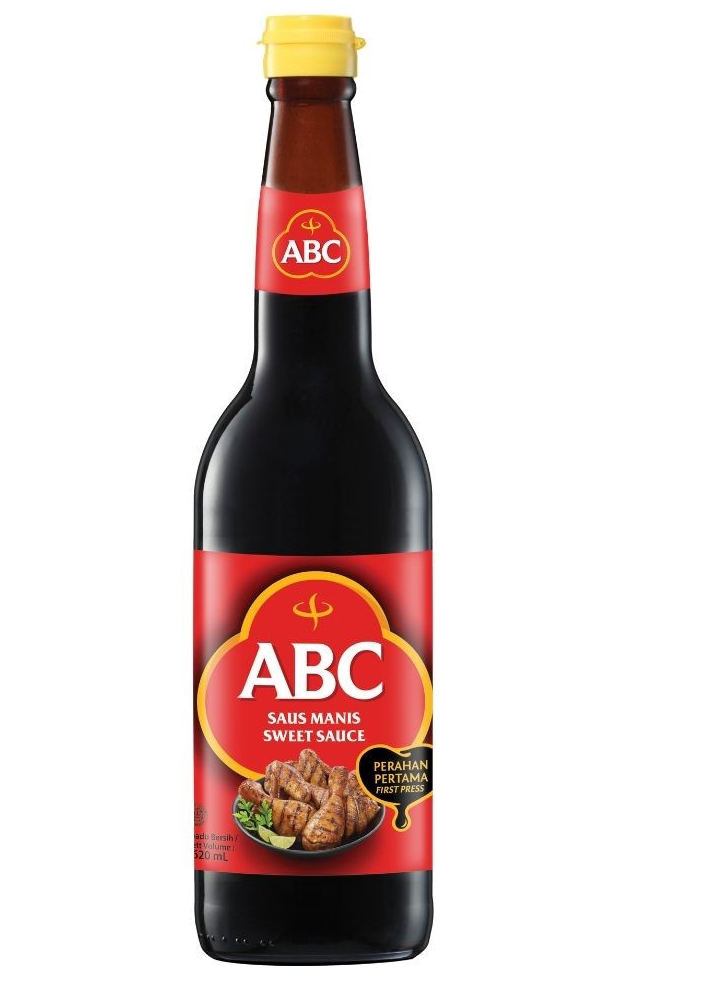
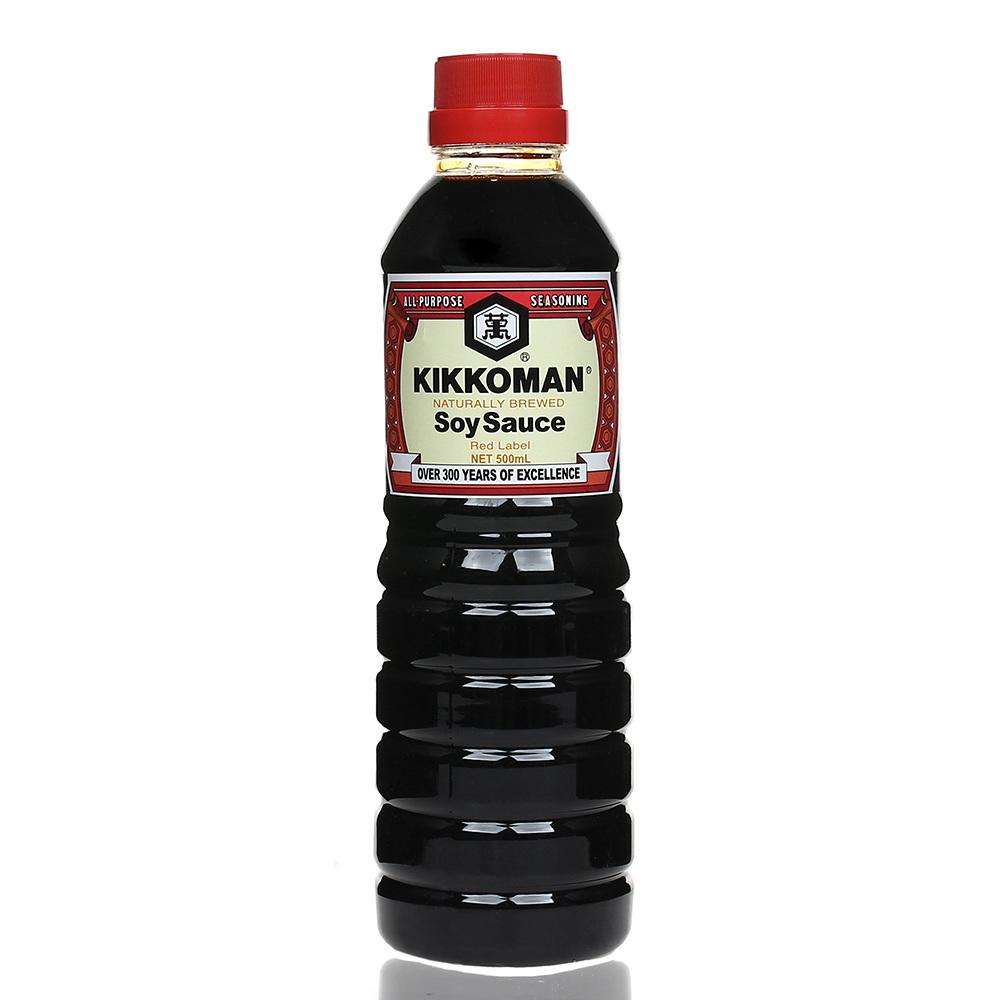
Garlic and Onions: The Aromatic Duo
Garlic and onions are the aromatic foundation of Filipino cooking. Whether sautéed, fried, or minced, these ingredients add depth and savory notes to countless Filipino dishes. Adobo, sinigang, and fried rice are just a few examples of dishes that rely on the irresistible aroma and taste of garlic and onions. A Filipino kitchen is never truly alive without the tantalizing scent of these cooking essentials.
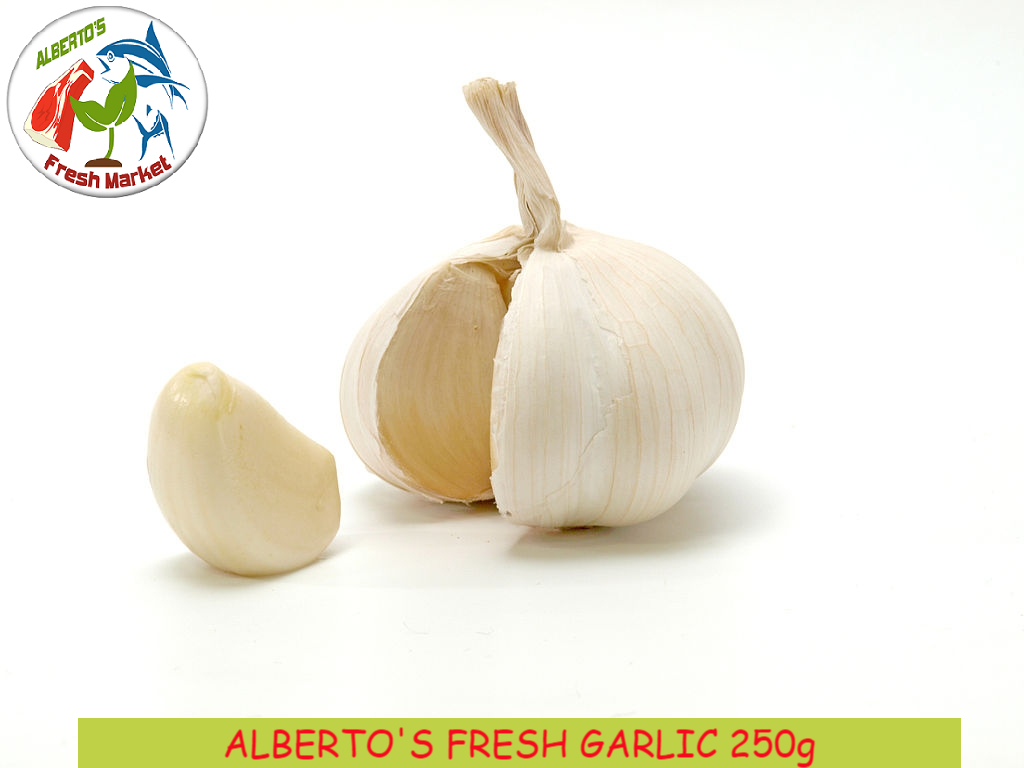
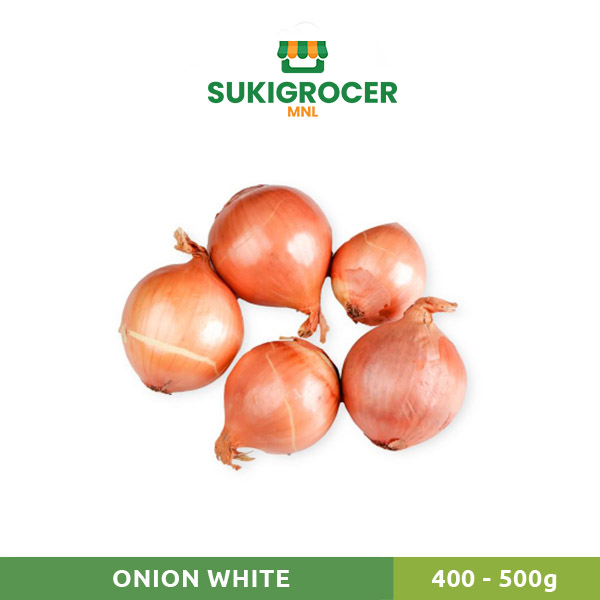
Calamansi: The Filipino Citrus
AKA a small citrus fruit native to the Philippines, the calamansi, is a must-have in every Filipino kitchen. Its tangy and slightly sweet flavor enhances the taste of various dishes and serves as a refreshing drink when mixed with water and sugar. It is a key ingredient in marinades, sauces, and dipping condiments, providing a distinctive Filipino citrusy kick to the culinary repertoire.
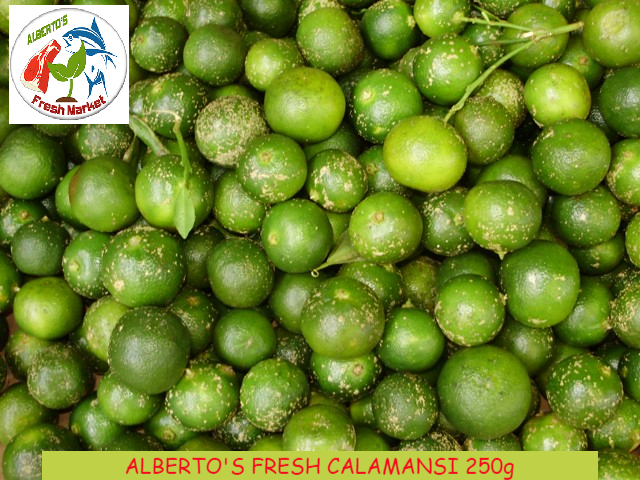

Coconut Milk (Gata) and Coconut Oil
Coconut plays a significant role in Filipino cuisine, and no kitchen is complete without coconut milk (gata) and coconut oil. Gata is commonly used in dishes like laing and Bicol express, adding a rich and creamy texture to the sauce. Coconut oil, with its distinct flavor and high smoke point, is a versatile cooking oil for frying, sautéing, and even baking. Together, these coconut-based ingredients elevate Filipino dishes to new heights.
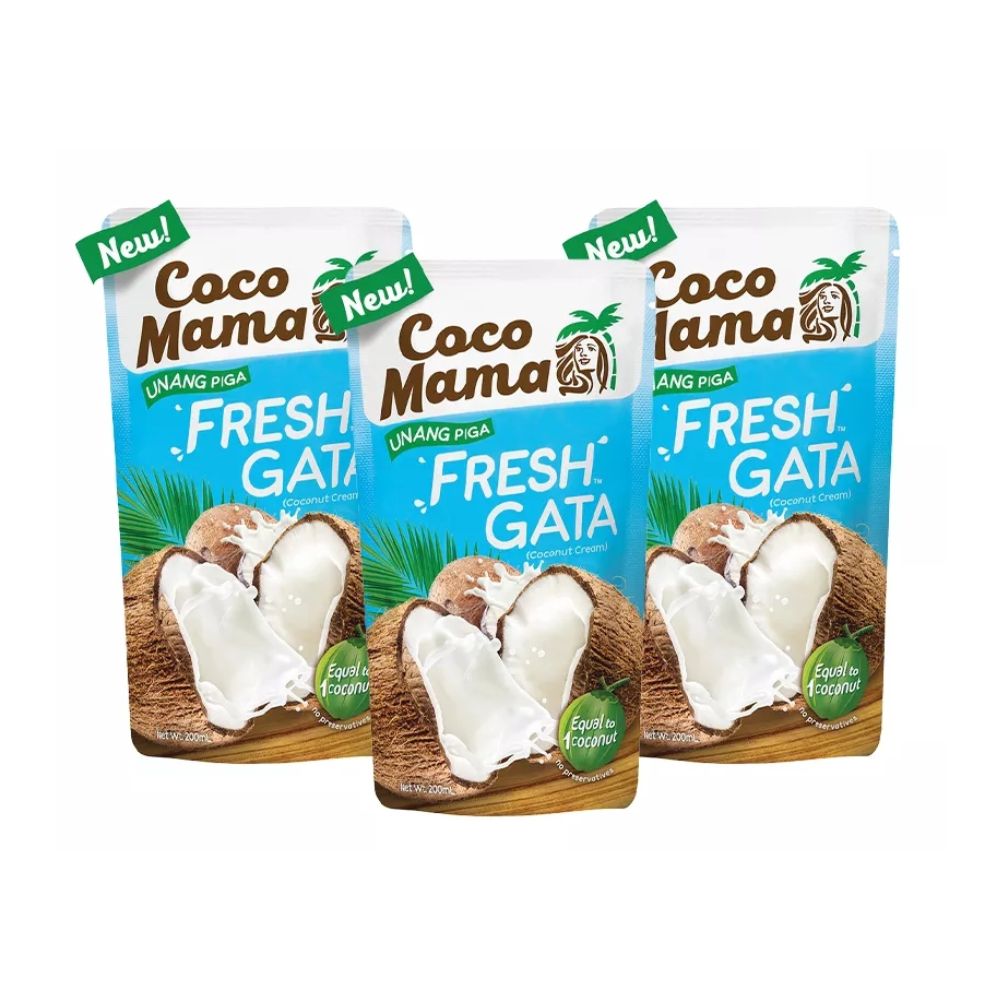

Banana Leaves: The Traditional Wrapper
In traditional Filipino cooking, banana leaves are not just for aesthetic appeal; they serve a practical purpose. Used as natural wrappers for dishes like suman (sticky rice cakes) and bibingka (rice cake), banana leaves impart a unique aroma and flavor to the food. Additionally, they are employed as a natural, eco-friendly alternative to aluminum foil for grilling or steaming various delicacies.
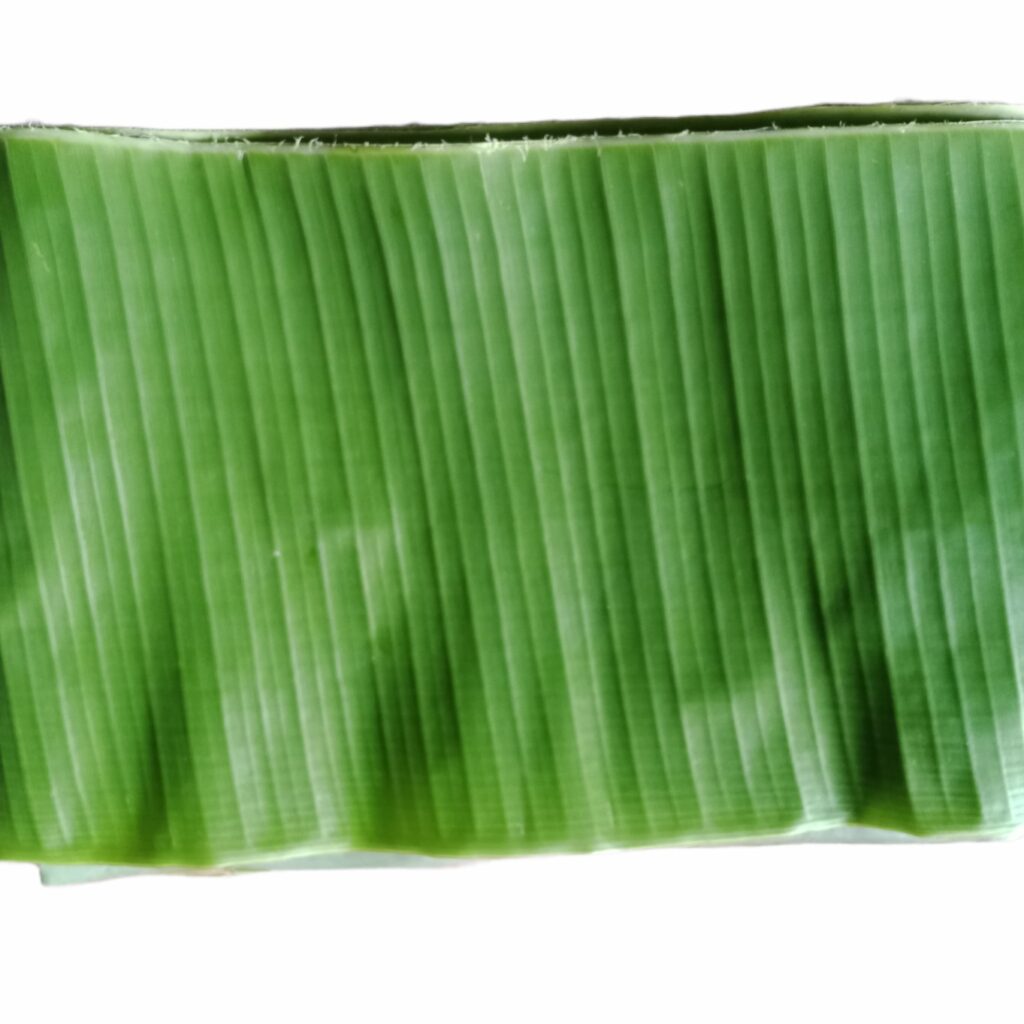

A Filipino kitchen is a treasure trove of flavors and aromas, thanks to the essential ingredients that define its culinary identity. From the humble rice to the aromatic garlic and onions, and the unique touch of calamansi and coconut, these elements come together to create the diverse and mouthwatering dishes that make Filipino cuisine truly special. With these top 6 must-haves, every Filipino kitchen is equipped to embark on a culinary journey that celebrates the rich tapestry of flavors that the Philippines has to offer. How did you fare? Does your kitchen have all 6?


